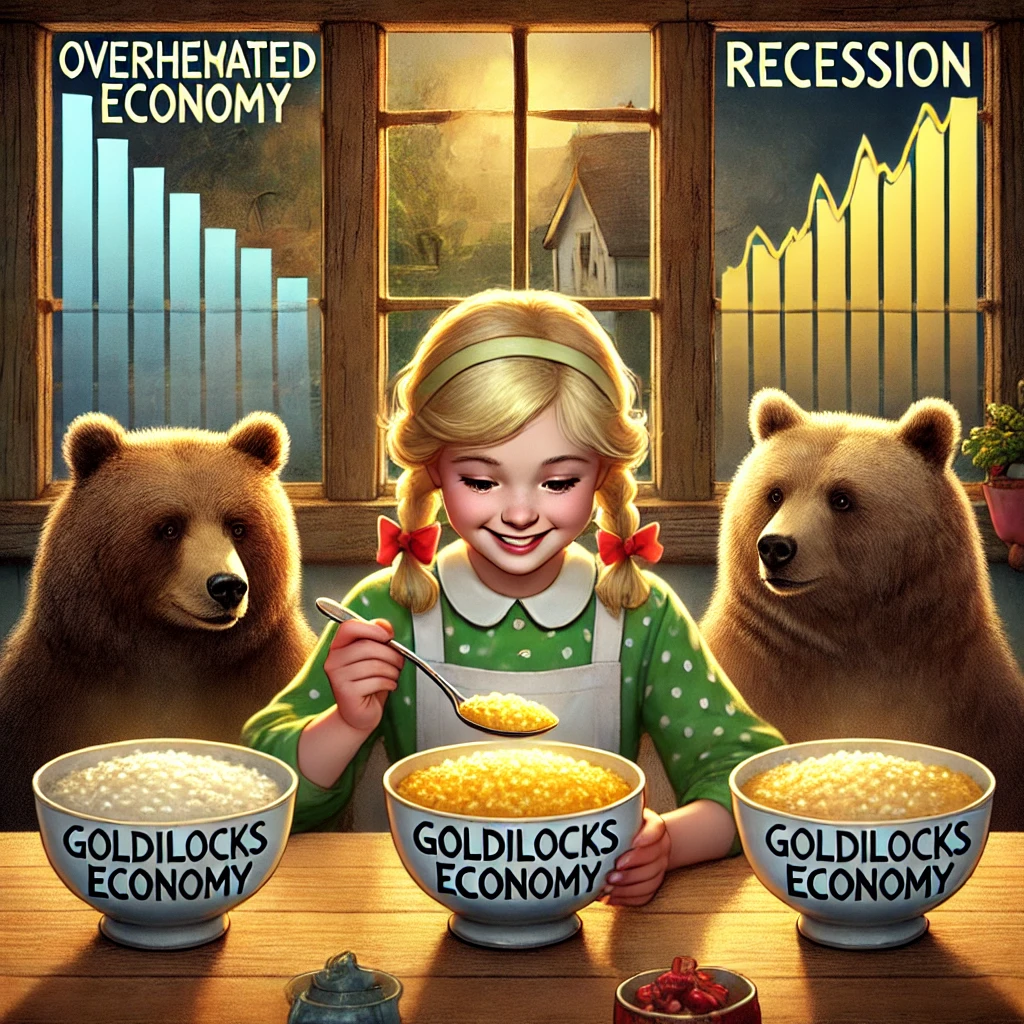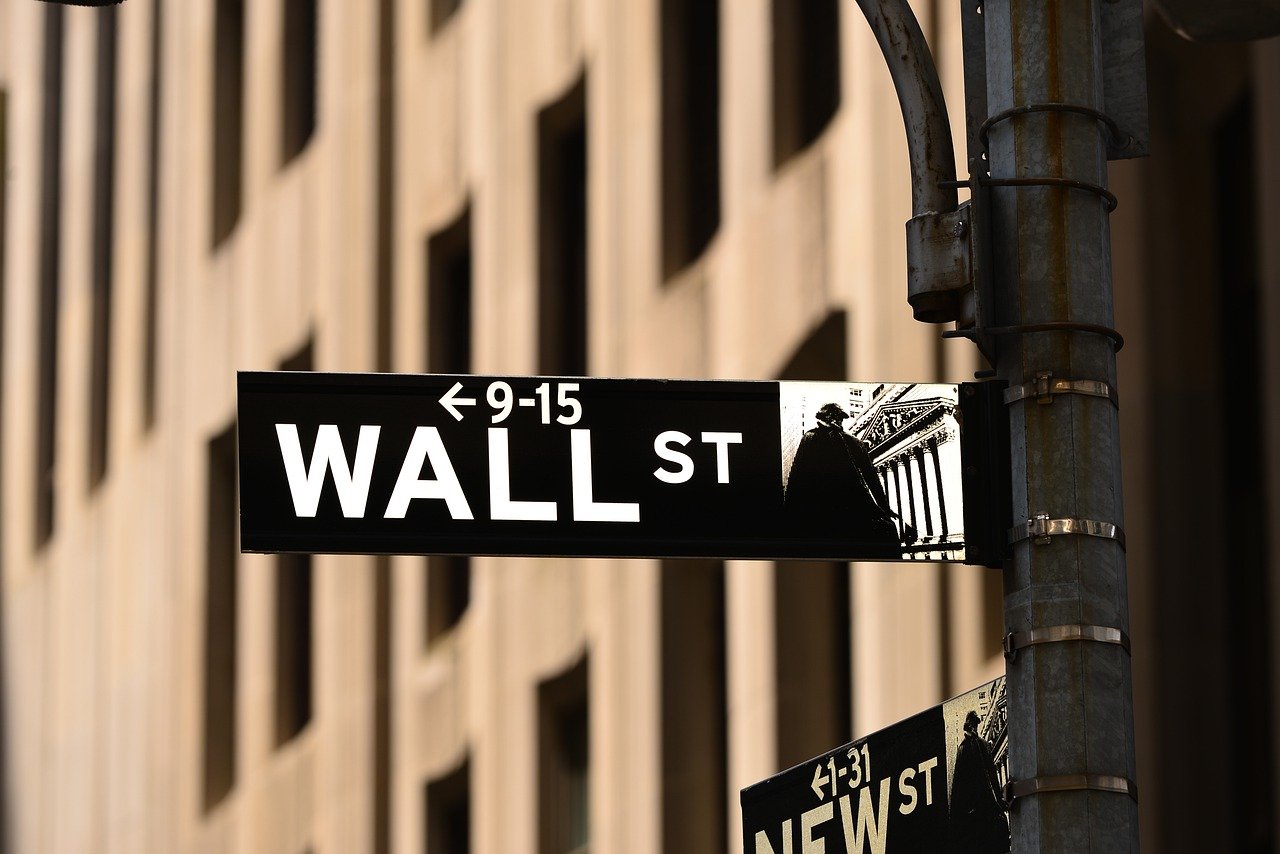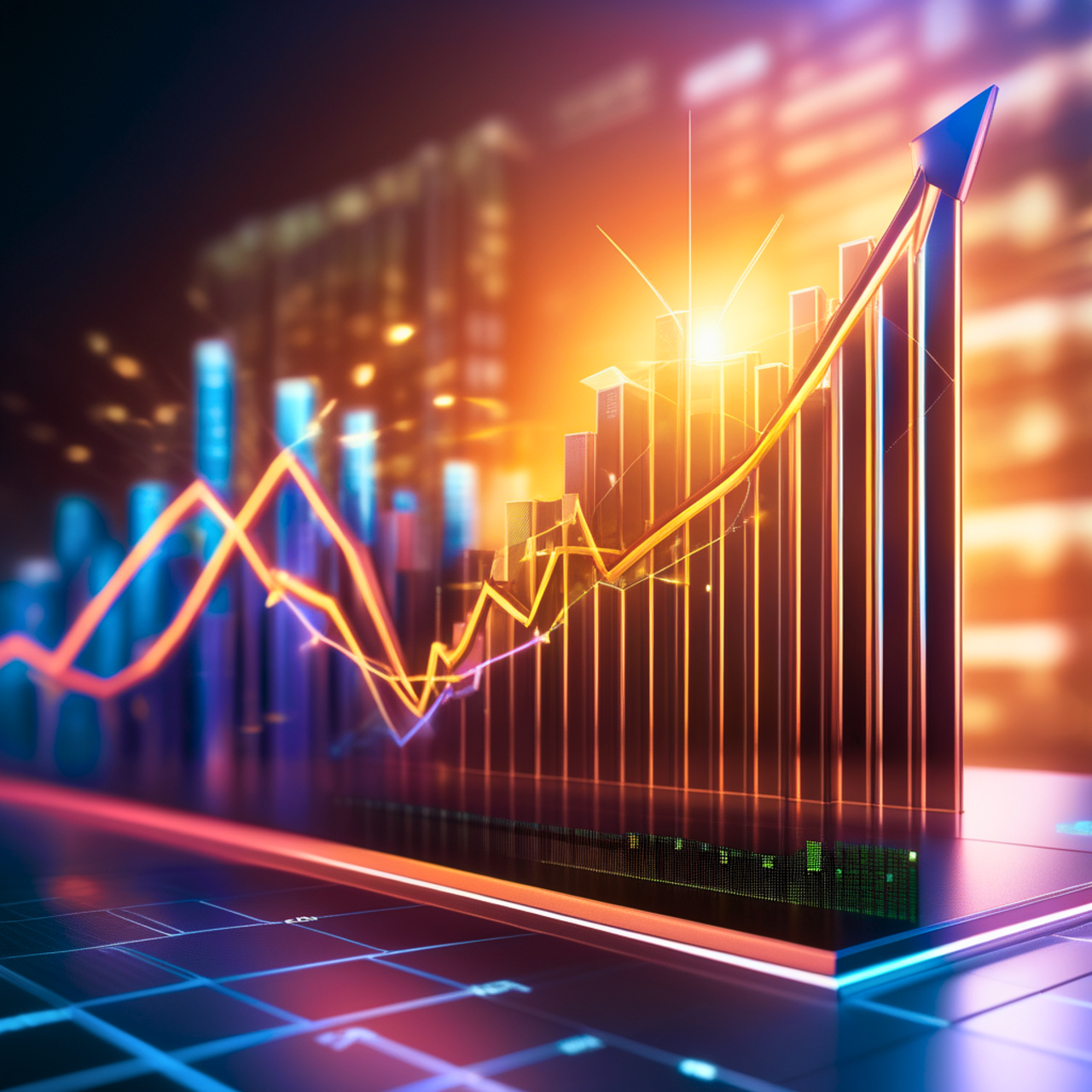
One day, a girl named Goldilocks wandered through the forest and stumbled upon the house of three bears. Hungry, she tried the three bowls of porridge. The first was too hot, the second too cold, but the third? Just right.
This story isn’t just a childhood tale—it’s an analogy for the economy. If an economy grows too fast, it overheats, causing inflation and asset bubbles. If it grows too slowly, unemployment rises and economic activity stalls. The ideal balance, where growth is steady, inflation is moderate, and employment is strong, is what economists call a Goldilocks economy.
Why Is a Goldilocks Economy Important?
A Goldilocks economy represents a state of equilibrium where conditions are neither too extreme nor too weak. Investors and businesses thrive in this environment because it promotes confidence, steady growth, and predictable financial markets. However, achieving this balance is challenging because the economy constantly responds to internal and external pressures. For more on economic balance, see Federal Reserve’s economic research.
Key Components of a Balanced Economy
- Moderate Economic Growth
Too much growth can lead to runaway inflation, while too little growth risks recession. Economists typically view a GDP growth rate of 2–3% as the “just right” zone for a stable economy (World Bank Data on GDP). - Stable Unemployment Rates
Low unemployment may drive wages up too quickly, fueling inflation. High unemployment reduces consumption and investment, slowing economic expansion. Generally, a 4–5% unemployment rate indicates a healthy labor market (Bureau of Labor Statistics). - Controlled Inflation
Inflation that is too high erodes purchasing power, while too low may discourage investment. Central banks often target around 2% annual inflation as an ideal balance between price stability and growth (Investopedia: Inflation). - Prudent Interest Rate Policy
Interest rates that are too low can inflate asset bubbles, while rates that are too high may constrain lending, spending, and investment. Central banks must carefully adjust rates to prevent overheating or stagnation (Federal Reserve Interest Rate Policy).
Benefits of a Goldilocks Economy
- Sustained Growth: Balanced conditions allow the economy to expand steadily without creating instability.
- Investor Confidence: Predictable markets encourage long-term investments, boosting stock and bond markets (Morningstar Investing Insights).
- Stable Employment: Low unemployment supports consumer spending and overall economic health.
Potential Risks
- Asset Bubbles: Extended periods of moderate growth can inflate housing or stock markets beyond fundamentals (IMF Research on Asset Bubbles).
- External Shocks: Pandemics, geopolitical crises, or financial disruptions can disturb equilibrium (World Economic Forum).
- Policy Missteps: Overly aggressive interventions by governments or central banks may distort markets.
Can a Goldilocks Economy Be Maintained?
Maintaining a perfectly balanced economy is challenging. Optimism among businesses and consumers can lead to excessive spending or investment, creating bubbles in real estate or the stock market. External shocks—like global supply chain disruptions, geopolitical conflicts, or natural disasters—can also destabilize the economy. Governments and central banks must regularly adjust policies, while companies and individuals need to remain cautious.
Historical Examples of a Goldilocks Economy
- 1990s United States
During the Clinton administration, technological innovation and productivity gains fueled steady growth. Inflation remained low, unemployment was moderate, and the stock market experienced significant gains (Federal Reserve History: 1990s Economy). - Early 2000s China
Rapid industrial expansion paired with controlled inflation created a period of sustained growth. Exports and manufacturing boomed while the economy avoided severe overheating (World Bank: China Overview).
Maintaining Economic Balance: Reality vs. Ideal
While the Goldilocks economy is appealing, it’s difficult to sustain over the long term. Optimism among consumers and businesses can lead to excessive spending and investment, resulting in bubbles. External factors, such as supply chain disruptions or geopolitical tensions, also pose risks. Policymakers and investors must remain vigilant, adjusting strategies to maintain stability and mitigate shocks.
For more on managing economic cycles, you can refer to our Investment Strategy Guide (internal link) and Understanding Market Volatility (internal link).
Implications for Investors
Investors should view a Goldilocks economy as an opportunity to pursue long-term strategies rather than short-term speculation. Index fund investing, diversified portfolios, and disciplined asset allocation benefit most from stable economic conditions. Recognizing the natural fluctuations in the cycle helps avoid emotional reactions to temporary market swings.
Conclusion
A Goldilocks economy, where growth is steady, inflation is moderate, and unemployment is manageable, offers a favorable environment for both businesses and investors. However, it’s not permanent—external shocks and internal imbalances can disrupt it. Understanding this economic “sweet spot” helps investors make informed decisions, plan for long-term success, and appreciate the delicate balance that sustains financial prosperity.


